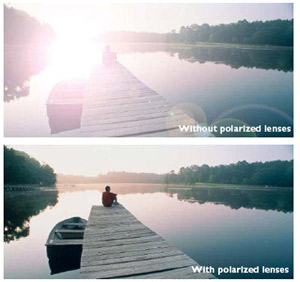
The Birds and the Bees Know Physics
Do you look around the natural world and wonder? Wonder why things work the way they do, why things are the way they are? If you do, then there’s a bit of physicist inside of you! Physics is all around us.
Let’s wonder together about the birds and bees. No, not those birds and bees! I’m talking about how birds and bees, and animals like sharks, find their way around their world. The short answer: physics.
A honeybee flits from flower to flower in search of nectar, often travelling many miles from the hive in its quest for food. Canadian geese fly thousands of miles during their semi-annual migration. Studies of great white sharks reveal that they leave the central coast of California in the fall, swim to the warm waters near Hawaii where they spend winter and spring, and return the next summer.
How do these creatures find their way home?
Bees can see what humans can’t
Honeybees and birds, as well as other insects and animals, use the physics of sunlight and the sky to navigate. In particular, they can see what humans can’t – the polarization of sunlight as it is scattered by particles in the atmosphere.
Light comes to us from the sun in packets called photons. Associated with each photon is a vibration, and for any individual photon that vibration is confined to a plane. Back and forth, and always in the same plane – the plane of polarization.
Stand in the sunshine, and there will be billions upon billions of photons zooming this way and that. The orientations of their polarization planes will be completely random. This light is not polarized.
But something curious happens when light bounces off a shiny surface. Photons that happen to be polarized in a plane parallel to the surface are reflected, while most of the rest are not. That’s the reason why polarized sunglasses are so effective. A filter in the glasses acts like a picket fence, allowing only those vibrations lined up with the fence posts to go through. In your glasses, the pickets are aligned up and down, while the polarization direction of light reflected off, say the hood of a car or the surface of the ocean, is horizontal. This greatly reduces the amount of reflected light – glare – that gets through polarized glasses.

The same kind of polarization occurs when light from the sun passes through the Earth’s atmosphere. Photons with polarization planes in directions that run along the edges of circles centered on the sun are more likely to be scattered. For this reason, less of that light reaches the ground, result in a distinct pattern of polarized light in the sky. This pattern is clearly visible when the sky is photographed through a polarized filter.
Most people can’t see this pattern in the sky. But honeybees can. Bats can. Geese and sparrows can.
As a honeybee flies on its jagged path from flower to flower, it logs the direction of each segment of the flight by tracking the sky. This enables the bee to fly straight back – “on a beeline” – to the hive. For migratory birds like geese and sparrows, polarization of sunlight is one of a number of cues they use to guide their twice-annual flights between their summer and winter homes. Bats use the polarization of light in the evening sky to navigate.
----------------------------------------
Questions to ponder
What visual, or other, cues do you use to navigate your environment?
Cordierite is a natural polarizing filter – more or less light passes through a cordierite crystal [ADD VIDEO] depending on its orientation. Some archaeologists believe that the Vikings used crystals of cordierite in order to determine the position of the sun on overcast days, helping them navigate from Scandinavia to Iceland and Greenland and perhaps North America. What tools have you used to navigate your environment?

